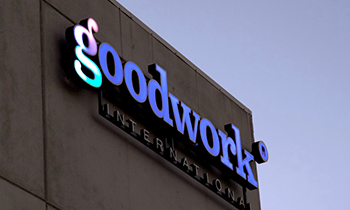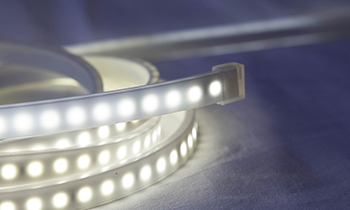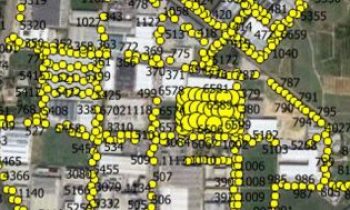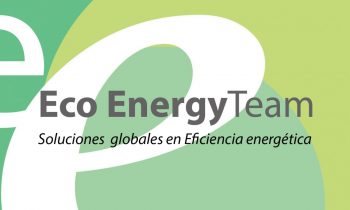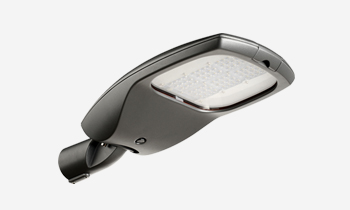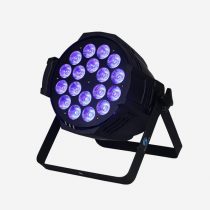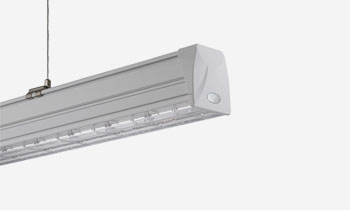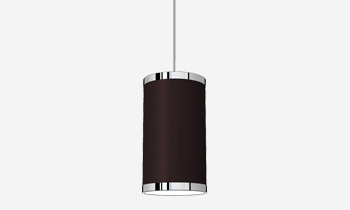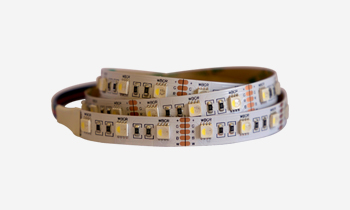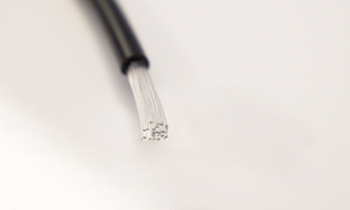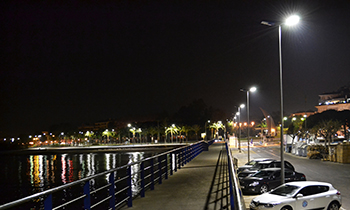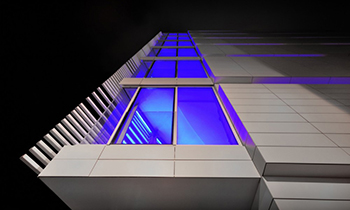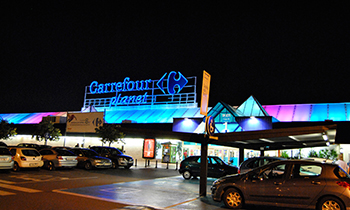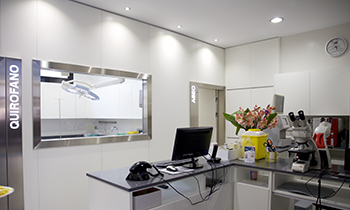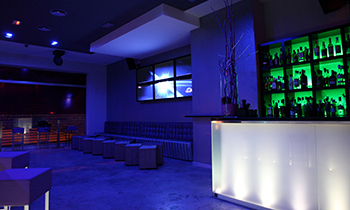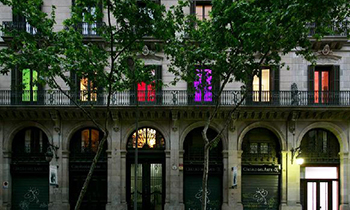A QR code, “quick response code”, is a module that stores information in a two-dimensional bar code. This technology, was created in 1994 with the objective of allowing to read contents at high speed. These codes (which usually lead to a URL) allow you to interact with the world through your smartphone or tablet. It is common to find them in advertising brochures, magazines, posters… and also have been used as a marketing tool by many brands to promote their products or services. However, in spite of its initial boom, especially in countries like Japan, where its use is very popular, this technology seems to have the days counted.
For the past two years QR codes have been marred by Fujitsu’s proposal to create a system consisting of controlled emission of LED pulses on objects. But… how exactly does it work? The key is the controlled emission of LED pulses on the object, causes an illumination that fluctuates fast enough and in three different colors: green, red and blue; So, that the human eye does not perceive it, but the camera of a smartphone. The user simply needs to download an application and from it, point the telephone to the object for which you want more information. Then the internal software will detect the binary code inserted in the variations of the light and decipher the hidden information.
The goal is to implant first in public places such as universities, galleries, congress halls, cultural centers, museums, fairs… At the moment, it is not so aimed at everyday products, although it has been tried with fresh food and is known to be totally harmless. In addition to this, other advantages of QR codes are:
– It is not necessary to print and paste the code in each product, so it saves, time and money.
– You can update the information much faster and easier.
– It maintains the aesthetics of the product intact by not having to put the code on it.
Can you imagine that just by pointing your mobile phone to the TV, or to the screen of your computer when it appeared announced a product that you like could know all its characteristics, its price and where to buy it? The LED technology shows us once again that everything is possible and also, in the future, not so far away.

